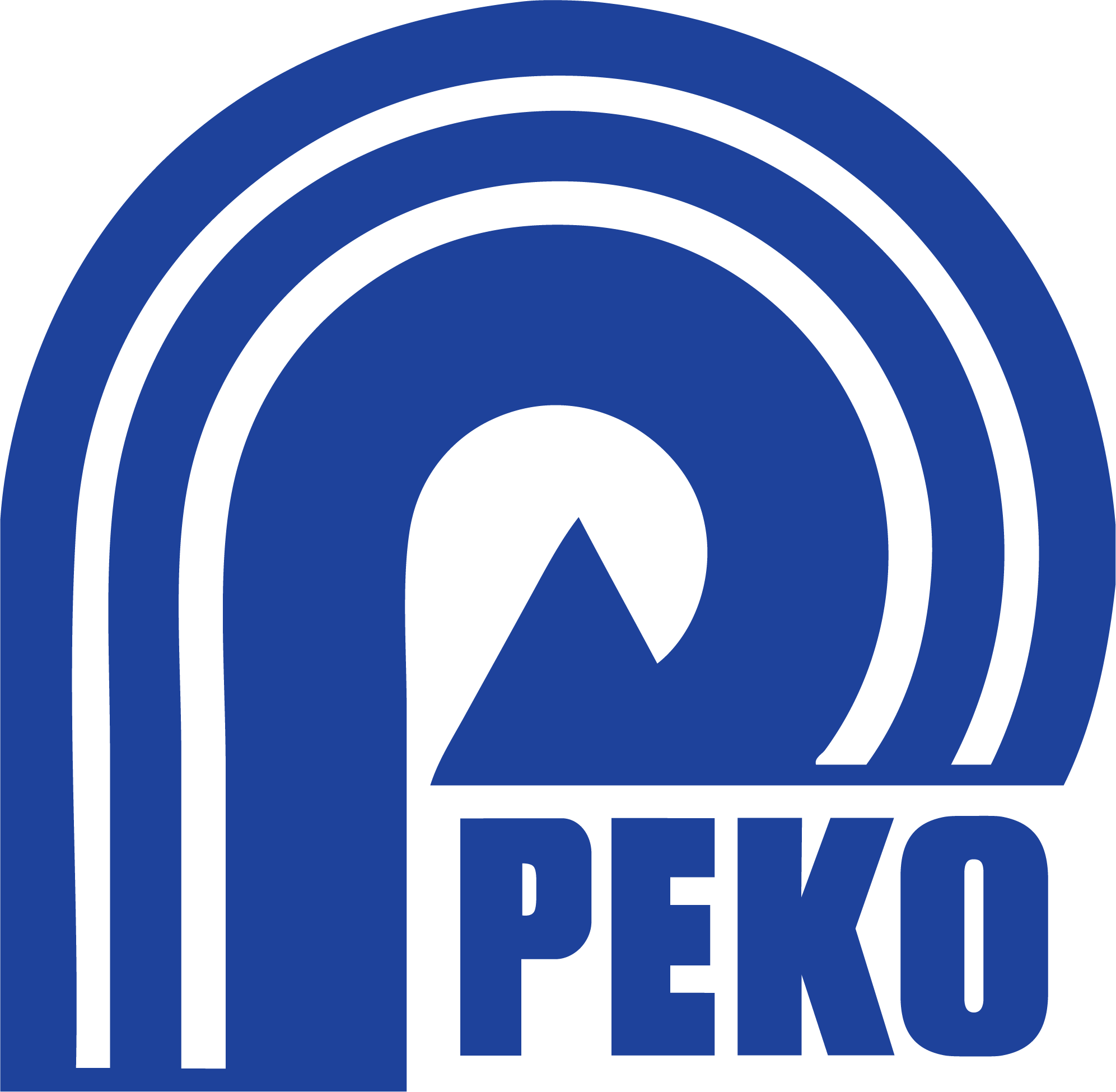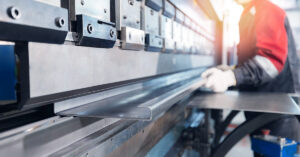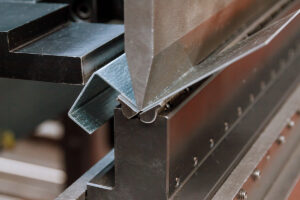Today’s high-tech industries are utilizing contract manufacturers for outsourcing their cleanroom assembly work. The cost disparity for the OEM to the contract manufacturer can be dramatic.
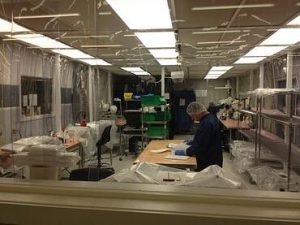
There are more than a few contract manufacturers in the US that have cleanroom assembly. At times they can make it look easy, but make no mistake, properly assembling in a cleanroom environment is no easy task. Meticulous planning and discipline must be enforced for the customer requirements to be met in such a controlled environment.
Below, I outline some challenges that you might face when effectively carrying out and maintaining a cleanroom environment internally.
1. Cleanroom assembly protocol discipline
Clean rooms are finicky, to say the least. But as much as they are, employees can be the same way. It’s important that all personnel involved in working in the clean room environment are properly trained. They must be trained in the procedures for working in the clean room, as well as how to properly enter, exit, and interact with the equipment. Furthermore, it is critical that all the procedures are followed every time the cleanroom is in use. It’s this kind of long-term training and discipline that ensures success for the manufacturer in the future.
2. Mitigating contamination between incoming and outgoing WIP
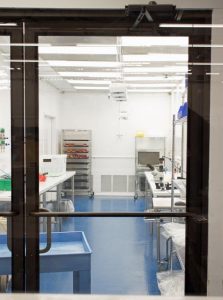 Cross-contamination is a major challenge that must be overcome in cleanroom assembly. Every time someone enters or exits the clean room, particulates increase because of the airflow and opening of the doors or curtains. That is why it is so important to gown properly and make sure parts going in are transferred properly and have separate WIP carts for clean room. Ongoing cleaning of tools, carts, floors, walls, and benches is most important. A clear and concise clean room assembly protocol must be established and followed extensively to ensure success.
Cross-contamination is a major challenge that must be overcome in cleanroom assembly. Every time someone enters or exits the clean room, particulates increase because of the airflow and opening of the doors or curtains. That is why it is so important to gown properly and make sure parts going in are transferred properly and have separate WIP carts for clean room. Ongoing cleaning of tools, carts, floors, walls, and benches is most important. A clear and concise clean room assembly protocol must be established and followed extensively to ensure success.
3. Ensuring properly functioning equipment
Clean rooms are full of expensive and complex equipment that ensures the environmental parameters inside the room are held steady. As such, companies like PEKO have maintenance protocols that keep the equipment running at top shape. This is paramount to repeatable processes and ensuring a clean environment.
Such protocols can be a schedule to change the outer filters every 3 months for all hepa units. The hepa filters are supposed to last seven years. During this change of the outer filters, check to make sure the motors are running. You can also retain a clean room services company annually to evaluate and determine a cleanliness classification. Every unit must be tested, making sure it is functioning properly, and it meets cleanroom assembly requirements. This is just a sample of the maintenance that is required to ensure properly functioning equipment.
4. Maintaining proper environment parameters
The entire purpose of the clean room is to ensure a clean environment within the parameters dictated by the product or customer. A good clean room will have a complex gauging system that can display pressure and airflow. Temperature and humidity are also an issue. The proper equipment and protocols will ensure that the conditions are correct. A properly trained staff will make the appropriate adjustments.
Whether you’re interested in cleanroom assembly for outsourcing or internal programs, it is critical you understand what a cleanroom environment takes to be done correctly. Medical, Semiconductor, Defense, Electronics, and other industries are showing more and more demand for clean room assembly in their complex products.
By being disciplined and investing in the proper resources, companies can have a competent crew with a functional cleanroom. Otherwise, outsourcing clean room assembly work to companies like PEKO is an excellent alternative that can lead to cost savings and no capital expenditure.
